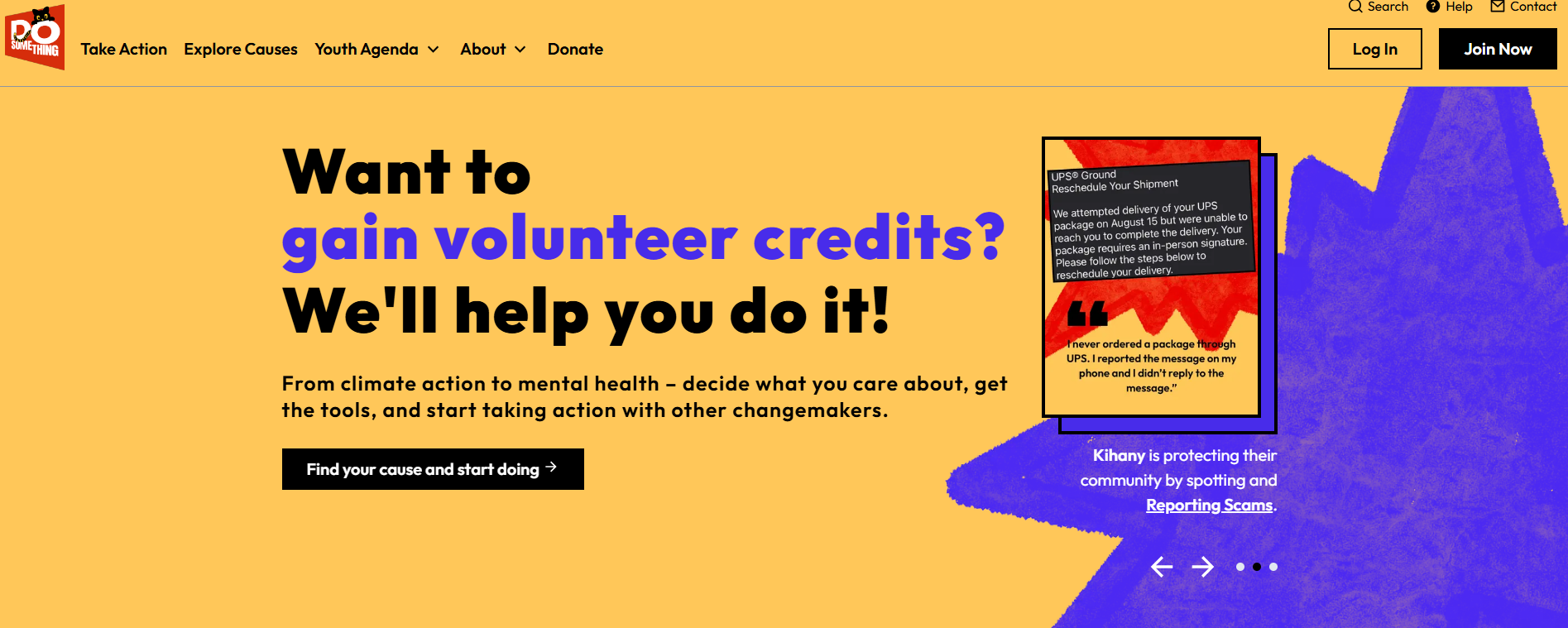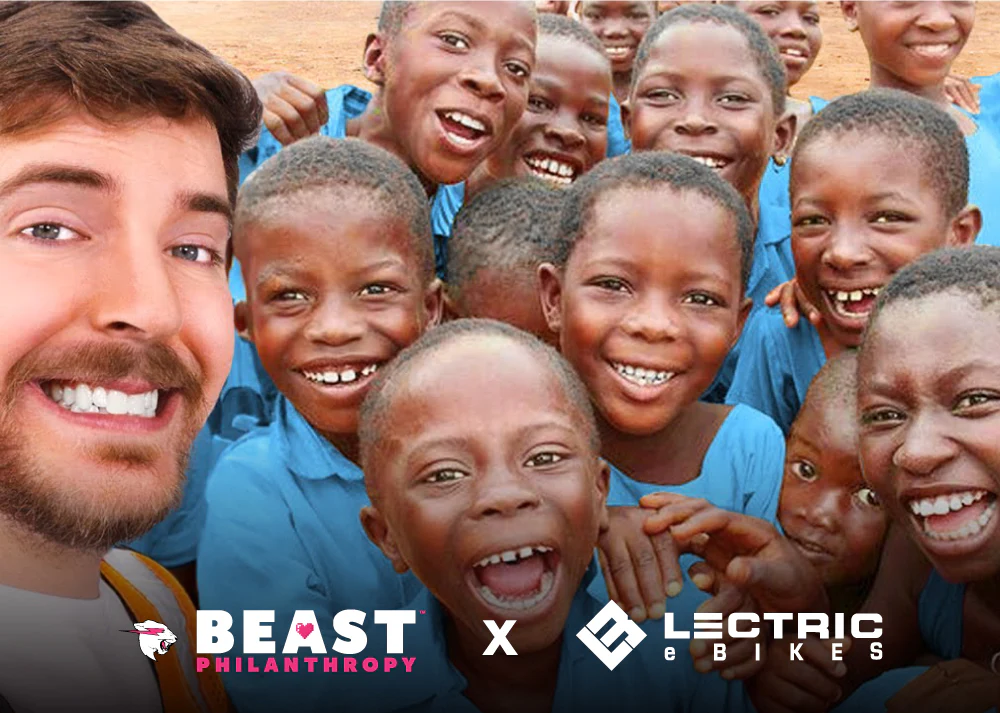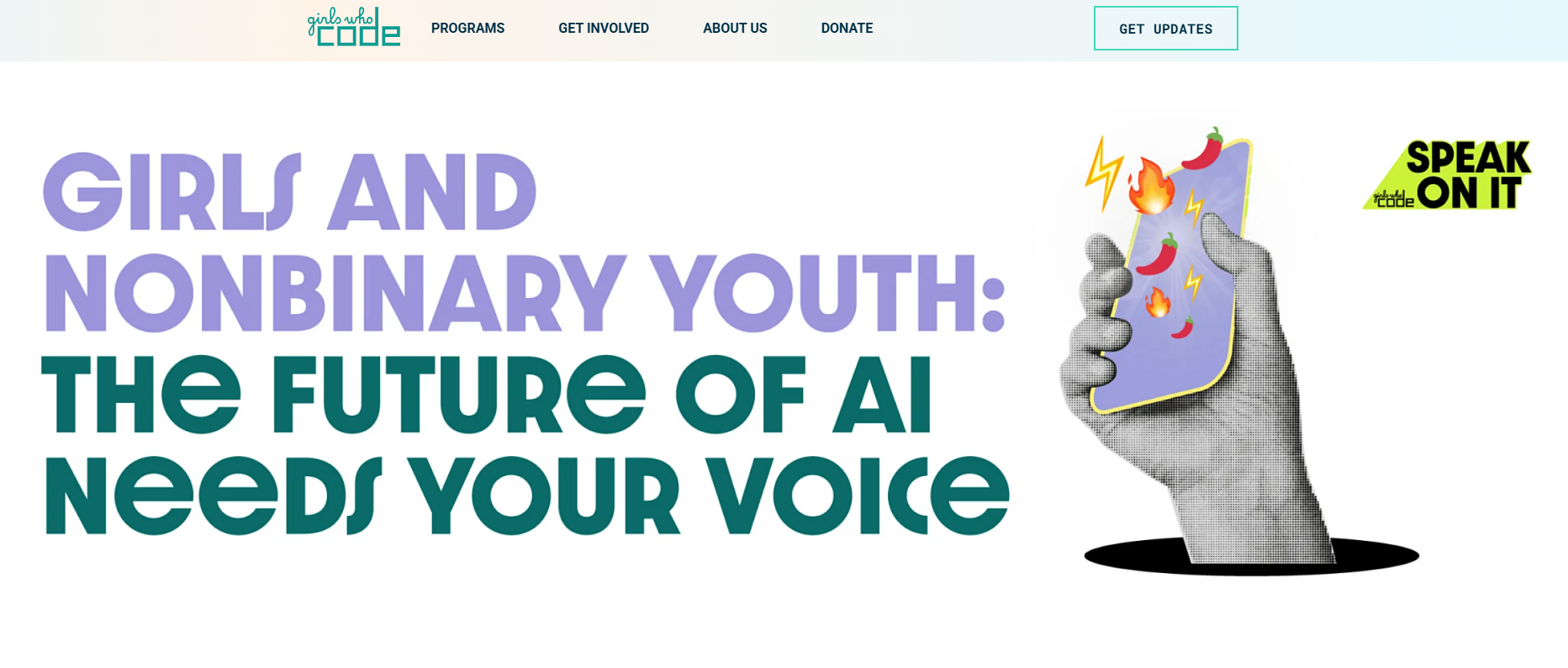
Government just cut nonprofit funding nationwide.
These 10 nonprofits usa organizations aren't writing emergency grant proposals.
They're checking their YouTube AdSense dashboards.
$10,000 to $100,000 monthly. Sustainable. Scalable. No foundation approval required.
Here's what they did that your board hasn't considered yet.

The Model Everyone Dismissed:
YouTube star launches nonprofit arm. Uses content revenue to fund programs.
Board members said: "That's not a real nonprofit model."
Results:
The Pattern:
Entertainment + Mission = Sustainable Funding.
Traditional nonprofits organizations separate those.
Mr Beast merged them.
Replication Strategy:
You don't need 20M subscribers.
You need 50K subscribers in your niche + authentic mission alignment.
Environmental nonprofit showing habitat restoration = entertainment for nature lovers.
Education nonprofit showing student breakthroughs = entertainment for teachers.
Entertainment isn't the obstacle. Boring grant-speak is.

The Radical Transparency Model:
Most international development nonprofits usa hide overhead costs.
GiveDirectly posts everything:
YouTube Results:
Why This Works:
Transparency builds trust.
Trust converts viewers to donors.
Donors become recurring supporters.
Your Board's Objection: "We can't show failures publicly."
Reality: Authenticity outperforms perfection. Always.

The Long-Form Storytelling Strategy:
15-30 minute patient journey documentaries.
Not 30-second sad commercials. Full human stories.
Content Breakdown:
Results:
The Insight:
People skip 30-second commercials begging for money.
People watch 20-minute stories about humans they care about.
One is extraction. The other is relationship.

The 4K Nature Cinematography Model:
Treated YouTube like a nature documentary channel.
Invested in high-quality cameras (not expensive—GoPros + drones).
Content Strategy:
Results:
Why Competitors Miss This:
They think nature content is "nice to have."
The Nature Conservancy treats it as revenue infrastructure.
Every video = permanent asset generating views and revenue.
Grant reports = temporary documents satisfying one funder.

The Founder-Led Personal Brand Model:
CEO Adam Braun documents:
The Shift:
Most 501c3 nonprofit leaders hide behind organizational brands.
Adam made himself the face and voice.
Results:
The Pattern Recognition:
People connect with humans, not organizations.
Nonprofits organizations that understand this build founder/leader brands.
Ones that don't stay invisible.

The Engineering Documentation Model:
Most environmental nonprofits usa show problems.
The Ocean Cleanup shows solutions being built in real-time.
Content:
Results:
Why This Works:
Solution content inspires. Problem content exhausts.
Most nonprofits grants-dependent organizations focus on problems (to justify funding need).
The Ocean Cleanup focuses on solutions (to inspire public support).
Psychological difference: Desperation vs. momentum.

The Youth Movement Model:
Target audience: 13-25 year olds.
Distribution channel: TikTok + YouTube.
Content style: Memes + activism.
Results That Broke Assumptions:
The Inherited Belief They Shattered:
"Young people don't support nonprofits financially."
Reality: Young people don't support boring nonprofits.
DoSomething.org speaks their language, uses their platforms, and gets their wallets.

The Skills Training + Community Model:
Free coding education content on YouTube.
Builds audience. Monetizes channel. Funds programs.
Content Breakdown:
Results:
The Model:
Give away valuable skills training free → Build massive audience → Monetize platform → Fund expanded programs → Repeat.
Traditional education nonprofits: Charge for training or beg for grants.
Girls Who Code: Make training free, let YouTube pay for it.

The Data Visualization + Impact Storytelling Model:
Most hunger nonprofits usa show sad food line footage.
Feeding America shows:
Results:
The Strategic Shift:
From "Please help us feed people" (desperation framing)
To "Here's how we're solving hunger logistics" (competence framing)
Desperation repels sustained support. Competence attracts investment.

The Build Process Documentation Model:
Time-lapse house builds.
Volunteer training series.
Homeowner story documentaries.
Construction tip tutorials.
YouTube Strategy:
Results:
Why This Works Better Than Traditional Marketing:
TV commercials: $50K for 30 seconds, airs once, disappears.
YouTube content: $0 distribution, permanent asset, compounds over time.
One is expense. The other is infrastructure.
What they stopped doing:❌ Treating content as marketing expense❌ Hiding financials from public❌ Begging for grants as primary strategy❌ Making boring "nonprofit content"❌ Waiting for foundation RFPs
What they started doing:✅ Treating content as revenue infrastructure✅ Radical transparency✅ Building direct audience relationships✅ Creating compelling human stories✅ Owning their distribution
The psychological shift:
From "How do we convince funders to give us money?"
To "How do we build an audience that wants to support our mission?"
One is extraction. The other is attraction.

You don't need 1M subscribers to replace grants.
50K engaged subscribers in your niche + $5 CPM (YouTube average) + consistent content = $8K-$12K monthly baseline.
Add:
Realistic 18-month goal for mid-size nonprofit:
That's not supplemental. That's budget-saving.
Board says: "We don't have video production capacity."
Reality: 8 of these 10 started with smartphones and free editing software.
Board says: "Our cause is too serious for YouTube."
Reality: Medical research, criminal justice, international poverty are all on this list.
Board says: "We need to focus on our mission, not content creation."
Reality: Content creation IS mission fulfillment in the digital era. Distribution = impact.
The real objection:
"This threatens our inherited belief system about what legitimate nonprofits look like."
That belief system is keeping you broke.
Phase 1 (Month 1-3): Audit existing content
Phase 2 (Month 4-6): Channel launch
Phase 3 (Month 7-9): Monetization activation
Phase 4 (Month 10-18): Scaling
When government funding consolidates (budget cuts), distribution channels decentralize (YouTube explosion).
PBS loses funding → Educational content needs new home
USAID cuts programs → International development storytelling needs distribution
Foundation grants shrink → Missions need direct public support
These 10 nonprofits usa organizations saw the opening.
Your competitors are still writing grant proposals.
That window is closing.
Want the step-by-step transformation model? Read: U.S. Government Hands Nonprofits a Blank Check →
Need help identifying which model fits your nonprofit? That's what Fractional CMO/CTO advisors exist for. Pattern recognition that sees opportunities boards miss.
Stop Reading. Start Seeing.
Keywords: nonprofits usa, 501c3 nonprofit examples, nonprofit YouTube success, nonprofit digital revenue, nonprofit monetization, YouTube nonprofits, nonprofit case studies